Buy this bird art Rhapsody in blue: a male Splendid Fairy-wren (Malurus splendens) by Rini Kools on canvas, ArtFrame, poster and wallpaper, printed on demand in high quality.
About "Rhapsody in blue: a male Splendid Fairy-wren (Malurus splendens)"
by Rini Kools
About the artwork
Fairy-wrens are usually small to medium-sized songbirds found in a wide range of habitat types such as rainforests, grasslands, savannah areas with dry scrub and deserts in Australia and New Guinea.
Their plumage, which is usually differently coloured in both sexes, features the colours purple, blue, red, black and white, usually with metallic sheen. Some birds often have camouflage colours with brown and black spots, but there are also species, such as the white-shouldered fairy-wren and the ornate fairy-wren, in which the male has a distinctive, glossy plumage. The body length ranges from 12 to 19 cm. So they are small birds, comparable in size to sparrows and finches. But the remarkably long tail makes up a relatively large part of the total length, so they do look smaller than a sparrow or finch.
Their food consists mainly of insects and larvae. They are good singers and imitators.
These birds living in groups build a covered nest of grass and cobwebs, finished on the inside with feathers and seed fluff. The clutch consists of 2 to 4 whitish, speckled eggs, which are incubated for 12 to 15 days. The young leave the nest after 10 to 12 days.
Remarkable in their behaviour is the fact that fairy-wrens are socially monogamous on the one hand, as they choose a permanent life partner, while both partners also have alternating sexual contacts.

About Rini Kools
Photographer who specializes in birds, mammals, landscapes, professional bike racing and portraits. I preferably use my Nikon cameras D850 en D750... Read more…
 Netherlands
Netherlands Ordered in April 2019
Ordered in April 2019
 Netherlands
Netherlands Ordered in April 2018
Ordered in April 2018
 Netherlands
Netherlands Ordered in July 2018
Ordered in July 2018
 Germany
Germany Ordered in September 2019
Ordered in September 2019
 Germany
Germany Ordered in September 2020
Ordered in September 2020
 Netherlands
Netherlands Ordered in February 2019
Ordered in February 2019
 Germany
Germany Ordered in February 2024
Ordered in February 2024
 Germany
Germany Ordered in March 2019
Ordered in March 2019
 Germany
Germany Ordered in April 2021
Ordered in April 2021
 Netherlands
Netherlands Ordered in February 2018
Ordered in February 2018
 Netherlands
Netherlands Ordered in May 2023
Ordered in May 2023
 Netherlands
Netherlands Ordered in November 2021
Ordered in November 2021
About the material
ArtFrame™
Interchangeable Art Prints
- High-quality print
- Easily interchangeable
- Acoustic function
- Large sizes available
Discover the artworks of Rini Kools
 Sleeping LionsRini Kools
Sleeping LionsRini Kools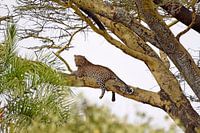 LeopardRini Kools
LeopardRini Kools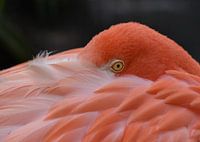 Cuban or Red FlamingoRini Kools
Cuban or Red FlamingoRini Kools Clouded LeopardRini Kools
Clouded LeopardRini Kools Black rhinoRini Kools
Black rhinoRini Kools Sunset in Tarangire National Park, TanzaniaRini Kools
Sunset in Tarangire National Park, TanzaniaRini Kools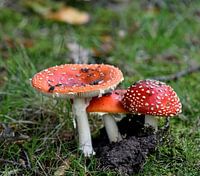 Autumn: the colourful fly agaric (Amanita muscaria)Rini Kools
Autumn: the colourful fly agaric (Amanita muscaria)Rini Kools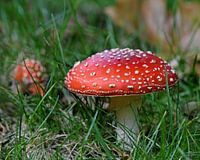 Autumn: the colourful fly agaric (Amanita muscaria)Rini Kools
Autumn: the colourful fly agaric (Amanita muscaria)Rini Kools Zeeland, the beach at Zoutelande, WalcherenRini Kools
Zeeland, the beach at Zoutelande, WalcherenRini Kools The white town of Thorn in Limburg, the NetherlandsRini Kools
The white town of Thorn in Limburg, the NetherlandsRini Kools Daffodils, hyacinths and tulips in bloom in the bulb growing region of the NetherlandsRini Kools
Daffodils, hyacinths and tulips in bloom in the bulb growing region of the NetherlandsRini Kools African Wildlife in black and white: Group of African elephants on the grassy plains of Serengeti NaRini Kools
African Wildlife in black and white: Group of African elephants on the grassy plains of Serengeti NaRini Kools Orbigo Bridge (Puente de Órbigo), an important landmark for pilgrims on the Camino de SantiagoRini Kools
Orbigo Bridge (Puente de Órbigo), an important landmark for pilgrims on the Camino de SantiagoRini Kools The Col du Galibier (2642 m) is a mountain pass in the French AlpsRini Kools
The Col du Galibier (2642 m) is a mountain pass in the French AlpsRini Kools The Col du Galibier (2642 m) is a mountain pass in the French AlpsRini Kools
The Col du Galibier (2642 m) is a mountain pass in the French AlpsRini Kools Giraffe on the savannah in Kruger National ParkRini Kools
Giraffe on the savannah in Kruger National ParkRini Kools On safari in Africa: Group of zebras drinking at a waterholeRini Kools
On safari in Africa: Group of zebras drinking at a waterholeRini Kools Black-billed toucan, a large toucan species from Central and South AmericaRini Kools
Black-billed toucan, a large toucan species from Central and South AmericaRini Kools View of the Arenal volcano in Costa RicaRini Kools
View of the Arenal volcano in Costa RicaRini Kools View of the Arenal volcano in Costa RicaRini Kools
View of the Arenal volcano in Costa RicaRini Kools
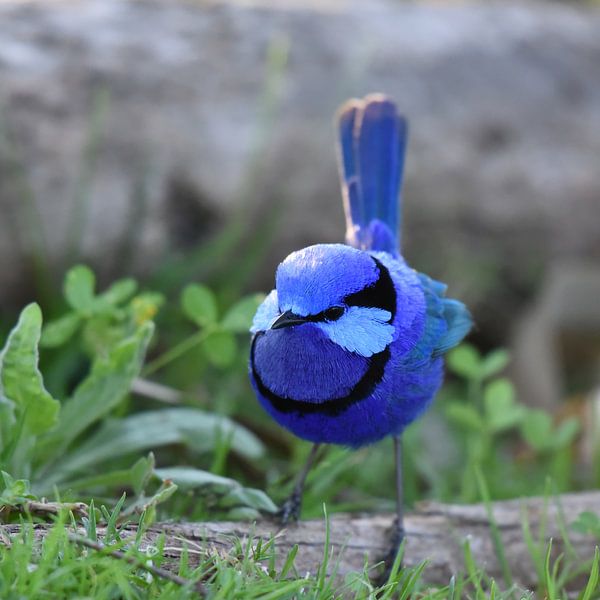









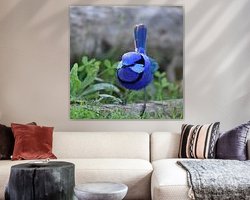

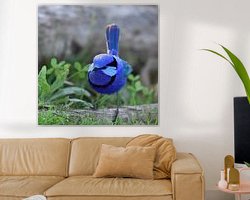
 Australia
Australia Birds
Birds National parks
National parks Nature and weather
Nature and weather Photo wallpaper
Photo wallpaper Photography
Photography Serene Peace
Serene Peace Vibrant Colors
Vibrant Colors Waiting room
Waiting room Wildlife photography
Wildlife photography









